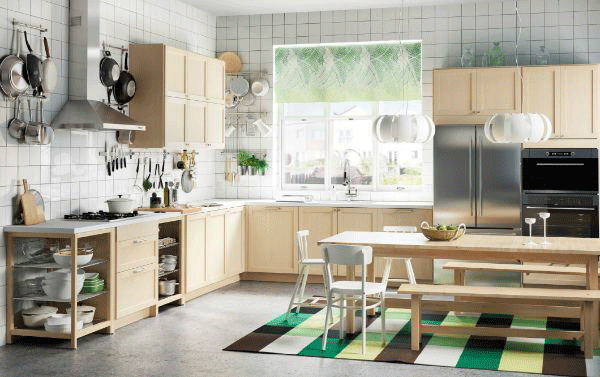It is a well known fact that cooking requires some skills. However, skills are not the only thing that make a great cook. The recipes you follow, the ingredients you choose and, of course, the pots and pans you use play a great role in the cooking process.
But there is one thing in your kitchen that is constant – the cooktop. Let’s take a look at the most common cooktop technologies, their advantages, disadvantages and the way they function.

Gas Cook Tops
Gas cook tops consist of a burner assembly which is attached to a small gas valve connected to the main gas line. The burners are basically hollow metal disks with holes punctured around them. An electric pilot is placed on one side of the burner and its function is to send a small spark to ignite the gas as it flows through the holes in the burner. Gas cook tops can work with either natural gas or propane.
Pros:
- Gas burners can change their temperature instantly. All you need to do is turn the knob to change the temperature to suit your cooking needs;
- Gas is the only stove top technology that allows an easy-controllable open flame for cooking special types of food.
Cons:
- Gas is considered the least efficient fuel source at heat transference. This means that some of the heat generated by a gas burner can get lost into the air;
- Unfortunately, not all utility companies supply natural gas. However, you can have propane regularly delivered to your property in a tank.

Electric Cook Tops
Electric cook tops are typically coil style. They have a flattened spiral of electrical wire sheathed in metal which heats up when you turn the control knob on. The intensity of the electrical flow can be seen in the glow of the burner. On some models, the coils are placed under a sheet of heat-tempered glass-ceramic material that covers the cooktop.
Pros:
- Because electric burners are flat, they conduct most of their energy directly into the pan;
- Glass-ceramic cook tops are easy to clean and maintain;
- Electric cook tops do not get as much hot as the pots and pans do, so there are smaller chances of getting burned from the stove top.
Cons:
- The biggest disadvantage of electric cook tops is their poor heat control. The heating elements respond slower than those of gas cooktops;
- Glass-ceramic surface is also a poor heat conductor. This means that it transfers heat to the pans more slowly than metal-top electric stoves;
- Glass-ceramic surfaces are also more prone to scratches.















